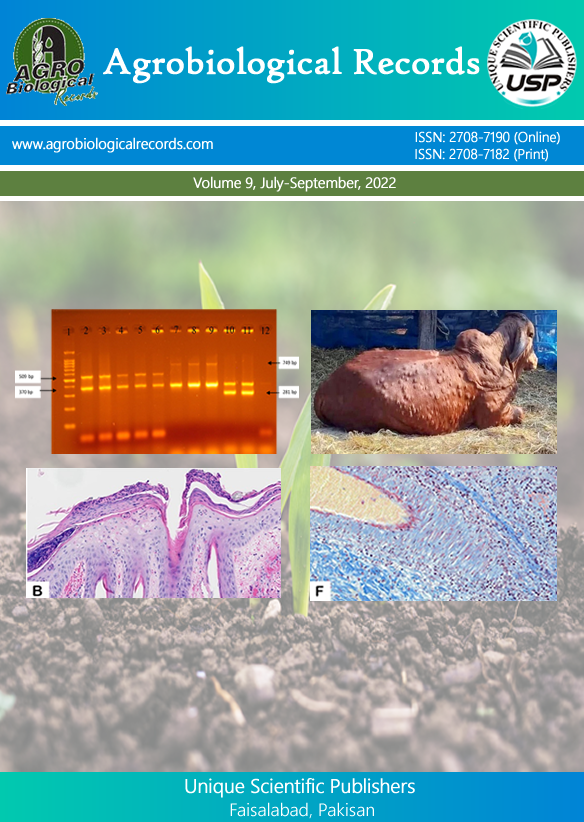
Fariha Syed 1, Najma Yousaf Zahid 1*, Rifat Hayat 2 and Muhammad Azam Khan 1
1Department of Horticulture, PMAS Arid Agriculture University, Rawalpindi 2Institute of Soil Science, PMAS Arid Agriculture University, Rawalpindi
*Corresponding author: najma.zahid@uaar.edu.pk
Selenium (Se) is a naturally occurring element, structurally resembling Sulphur, lying in group 6 of the periodic table. It is an essential micronutrient required to properly function many biological processes like hormone formation, immune system, hair growth, muscular movements, and reproduction. Se is also needed to defend against many diseases like viral infections, Keshan's diseases, and arthritis, as it is an essential component of selenoproteins and enzymes like glutathione peroxidase. Low selenium levels in the human body can lead to various diseases and disorders. A selenium-enriched diet is necessary to fulfill Se-deficiency. Plants are the main source of the human diet. Plants are fortified with selenium by adding different forms of selenium through various methods. The uptake or absorb selenium through the Sulphur assimilation pathway and store it into the tissues in either organic or inorganic form. Much research has been carried out in the production of Se-fortified crops. This review paper aims to review recent studies that have been done on biofortification of horticultural plants with selenium, like fruits and vegetables, which contribute a major portion of the human diet.